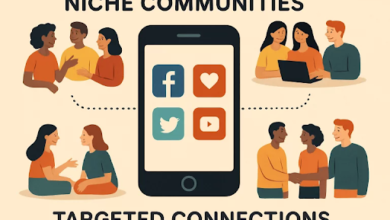
The tone used at 8334393073 plays a pivotal role in shaping the caller's experience. A warm tone can create a space for open dialogue, while a harsh tone may breed defensiveness. Understanding this dynamic is crucial for both the caller and the representative. The implications of tone extend beyond mere words, influencing emotional responses and the overall effectiveness of the communication. What other factors might contribute to these interactions?
Understanding the Tone: What It Represents
Tone shapes the emotional landscape of communication, influencing how messages are received and interpreted.
Through tone interpretation, individuals can discern underlying emotional cues, revealing intent and sentiment. A warm, inviting tone fosters connection and openness, while a sharp, critical tone may evoke defensiveness and resistance.
Understanding these nuances empowers people to communicate more effectively, fostering freedom in expression and connection.
Contextual Significance of the Call
The effectiveness of communication often hinges on the context in which a call is placed. Understanding the call purpose is essential for interpreting the tone effectively.
A tone analysis reveals nuances that may otherwise go unnoticed, shaping the interaction's outcome. Factors such as the relationship between caller and receiver, situational dynamics, and emotional states contribute significantly to the overall significance of the call.
Implications for Callers
Understanding the implications for callers is crucial in navigating effective communication.
Caller emotions significantly influence interactions, making tone interpretation essential. A positive tone can foster trust and openness, while a negative tone may provoke anxiety or defensiveness.
Analyzing Responses and Reactions
Effective communication hinges on the ability to analyze responses and reactions accurately.
By observing emotional cues and identifying response patterns, individuals can better understand the underlying sentiments behind spoken words. This skill is crucial for fostering genuine connections and ensuring that messages resonate.
Recognizing these subtleties allows for more meaningful exchanges, empowering individuals to communicate with clarity and intention.
Conclusion
In conclusion, the tone used at 8334393073 plays a pivotal role in shaping the interaction between callers and representatives. A warm, inviting tone fosters trust, while a sharp tone can stifle communication. What does this mean for the effectiveness of the dialogue? Ultimately, understanding and adapting tone not only enhances emotional connections but also influences the outcomes of the calls, underscoring the importance of mindful communication in customer interactions.




